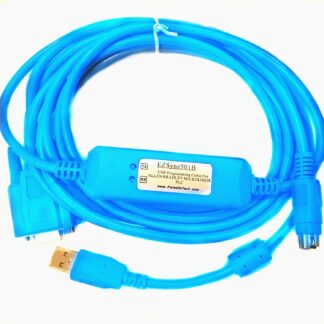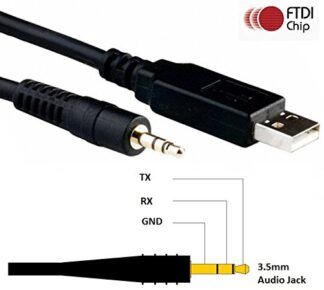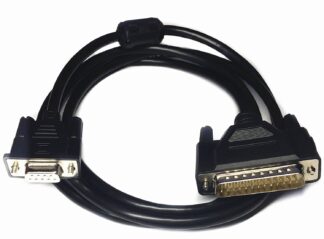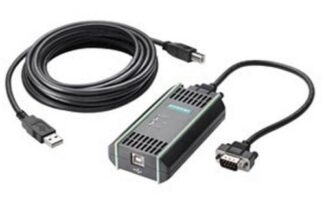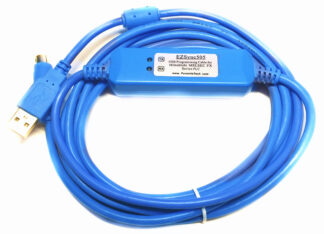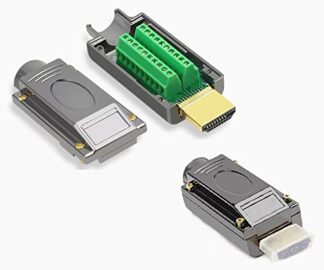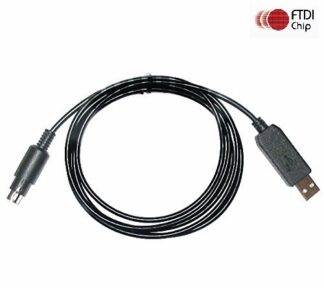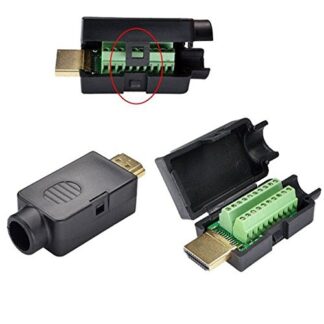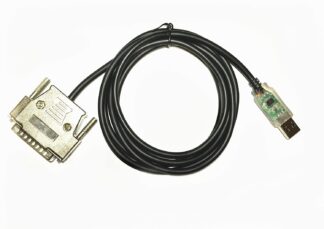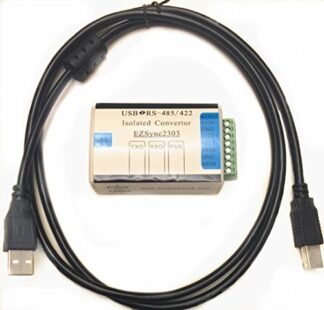- Q: What is the difference between RS232, RS485, and RS422 communication protocols?
- A: RS232, RS485, and RS422 are all serial communication protocols used for data transmission between devices. RS232 is the oldest and supports point-to-point communication between two devices. RS485 and RS422 are both improvements over RS232, offering higher data rates, longer transmission distances, and better noise immunity. RS485 supports multi-point communication, while RS422 supports point-to-point and multi-drop configurations.
- Q: What is a USB to Serial adapter?
- A: A USB to Serial adapter is a device that allows you to connect a Serial (RS232, RS485, or RS422) device to your computer through a USB port. This is useful when your computer does not have a built-in Serial port or when you need to extend the capabilities of your existing Serial port.
- Q: What is the purpose of a USB isolator?
- A: A USB isolator is a device that provides electrical isolation between a USB device and the host computer. It protects your computer and USB devices from electrical surges, voltage spikes, and ground loops, ensuring stable and safe data communication.
- Q: Can I use a USB to Serial adapter with my RS232 device even if my computer does not have a built-in RS232 port?
- A: Yes, a USB to Serial adapter allows you to connect an RS232 device to your computer even if it does not have a built-in RS232 port. The adapter converts the USB signal to an RS232 signal, allowing seamless communication between the device and your computer.
- Q: What is the difference between a USB to Serial cable and a USB to Serial adapter?
- A: A USB to Serial cable is a cable with a USB connector on one end and a Serial connector on the other end. A USB to Serial adapter, on the other hand, is a small device with a USB port on one side and a Serial port on the other. Both can be used to connect Serial devices to a computer with a USB port, but a USB to Serial cable is usually more compact and easier to use, while a USB to Serial adapter may offer more advanced features and customizability.
- Q: Can I use a USB to Serial adapter with other Serial communication protocols like RS485 and RS422?
- A: Yes, there are USB to Serial adapters available for various Serial communication protocols, including RS485 and RS422. These adapters convert the USB signal to the desired Serial signal, allowing you to connect and communicate with devices that use these protocols.
- Q: How do I choose the right USB to Serial adapter for my needs?
- A: To choose the right USB to Serial adapter, consider the following factors: the type of Serial protocol you need to support (RS232, RS485, or RS422), the required data rate, the required transmission distance, and any additional features you may need, such as electrical isolation or multi-point communication support.
- Q: Do I need to install any drivers or software to use a USB to Serial adapter?
- A: Most USB to Serial adapters require drivers to be installed on your computer to function correctly. These drivers are usually provided by the manufacturer and can be downloaded from their website. Some adapters may be plug-and-play, requiring no additional drivers or software.
- Q: Can I use a USB to Serial adapter with my microcontroller or embedded system?
- A: Yes, USB to Serial adapters can be used with microcontrollers and embedded systems that support Serial communication. These adapters enable you to connect your microcontroller to a computer or other USB devices for programming, debugging, or data transfer.
- Q: How do I troubleshoot issues with my USB to Serial adapter?
- A: If you encounter issues with your USB to Serial adapter, try the following steps to troubleshoot the problem: Ensure that the adapter is properly connected to both the USB port on your computer and the Serial device. Verify that the correct drivers for your adapter are installed on your computer. If necessary, download and install the latest drivers from the manufacturer’s website. Make sure the Serial device is powered on and functioning correctly. Test the adapter with another Serial device or computer to rule out a faulty adapter or device. If possible, try using a different USB port on your computer or a powered USB hub to ensure sufficient power is being provided to the adapter.
